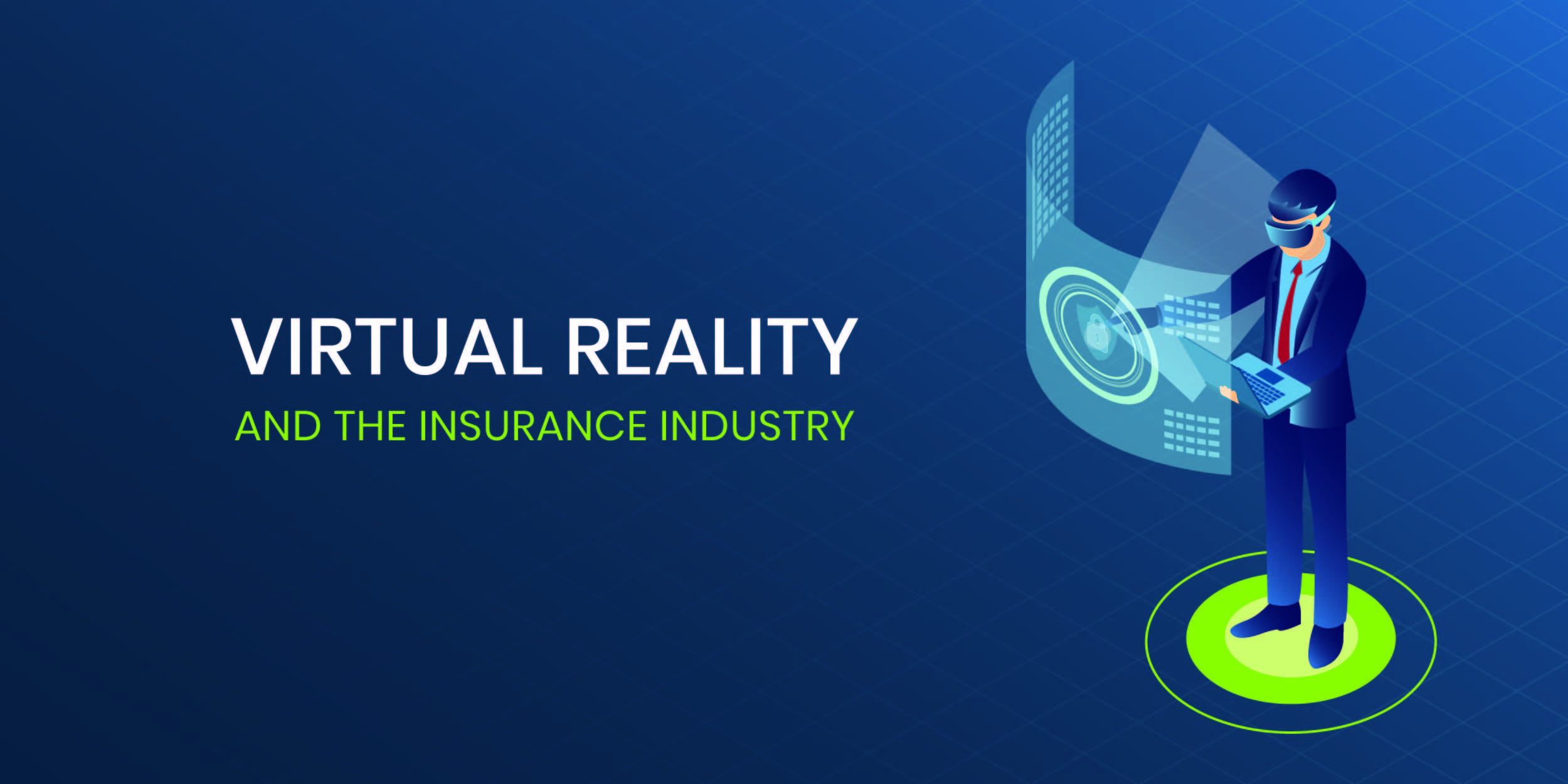If you’re intrigued by the idea of virtual reality, but not quite sure how it fits into insurance, you’re in good company.
Virtual reality, augmented reality, and mixed reality – collectively known as extended reality (or XR) – have only recently caught the attention of the insurance industry. Still in the early stages, a few providers are experimenting with different ways to use the technology, looking for the most practical and beneficial business applications.
While a component-level understanding of the technology isn’t necessary for most users, here are a few key definitions and concepts you may want to review before adding XR to your digital arsenal.
What is Virtual Reality?
The most well-known of the extended realities, virtual reality (VR) refers to digital technology that provides a fully immersive visual experience – sometimes in conjunction with audio – delivered through a headset or smart glasses. Sensors may also be placed throughout the body to provide an even more realistic experience.
Modern VR gained wide-spread notoriety in the 1980s as a flight simulator built to train pilots in the U.S. Air Force, and soon thereafter expanded to multiple disciplines in which real-world training environments are not readily available (such as crisis response or surgery). Today, VR plays a valuable role in a diverse range of activities, from video games and exercise programs to desensitization therapy and pain management.
What is Augmented Reality?
More integrative than its predecessor, augmented reality (AR) superimposes a digital display over a real-world view, using a headset, glasses, or mobile device. AR was catapulted into mainstream awareness in 2016 during the global gaming phenomenon, Pokémon Go, in which players endeavored to find digital characters that were only visible when viewing the world through a smartphone.
By augmenting reality (rather than completely virtualizing it), AR can offer an even more convincing experience in many cases. Because the visual field includes the user's real surroundings - validating the legitimacy of the experience - the mind doesn’t have to work as hard to accept the additional virtual elements. AR provides an effective alternative to VR when a person’s own physical environment is an important factor, such as in certain therapeutic or training situations.
What is Mixed Reality?
Mixed reality (MR) takes AR to the next level* by permitting interaction with the digital objects with no additional equipment beyond the displaying device. No longer bound by physical limitations, MR transforms the user experience from spectator to active participant in a life-like blend of real and virtual elements. The new technology allows us to explore and manipulate nearly any object, from any location (albeit virtually).
Several disciplines, including education, entertainment, science, and engineering, have eagerly embraced MR for its 360-degree imagery and interactive capabilities. More recently, the business world has caught on to the benefits of the transformative technology, which eliminates real-world constraints such as proximity, size, and safety considerations.
Extended Reality (XR) in Insurance
For most of the industry’s history, insurance providers have had to overcome challenges of distance - and in some cases, safety – the old-fashioned way. With an abundance of cost, creativity, and inconvenience, and often with sub-optimal results. With XR, insurers can more easily connect with customers, train teams, and gather information, regardless of location and conditions.
Five insurance-specific use cases include:
1. Training: Customer service representatives can interact with virtual policyholders to sharpen their communication skills.
2. Damage Assessment: Investigators can evaluate post-disaster damage from a safe distance by using 3D footage for an “up-close,” virtual exploration of the area.
3. Risk Assessment: Underwriters can explore an entire building via a simulation derived from on-site images and building schematics to look for conditions that might pose a safety-hazard.
4. Safety: Adjusters can learn to recognize danger and practice safety techniques in a simulated environment before going out into the field.
5. Person-to-Person Connection: Insurers can communicate and interact remotely with all the advantages of a face-to-face meeting via augmented imagery.
As the technology becomes more sophisticated, available, and affordable, the insurance industry is sure to discover even more advantages of XR. In the meantime, as you continue to develop your digital strategy, consider some of the ways your organization – and your customers – may benefit from virtual, augmented, and mixed reality.
*Because mixed reality (MR) is a relatively new concept, a consensus has yet to be reached for its precise definition. Some sources describe MR as a subset of augmented reality (AR), while others use the two terms interchangeably. Many experts classify MR and AR as subsets of virtual reality (VR). For the purposes of this article, MR is defined using the distinctions provided by a significant contributor to the development of extended reality graphics technology.
You might also be interested in:
Insurance Industry: 12 Trends for 2020



